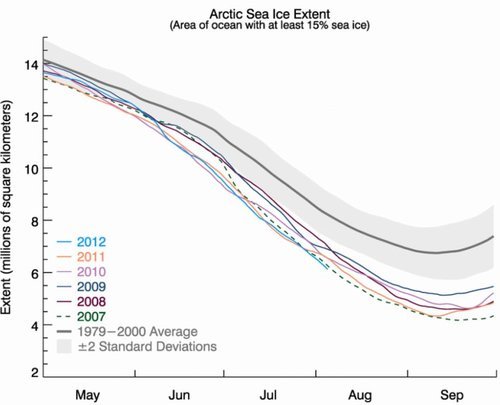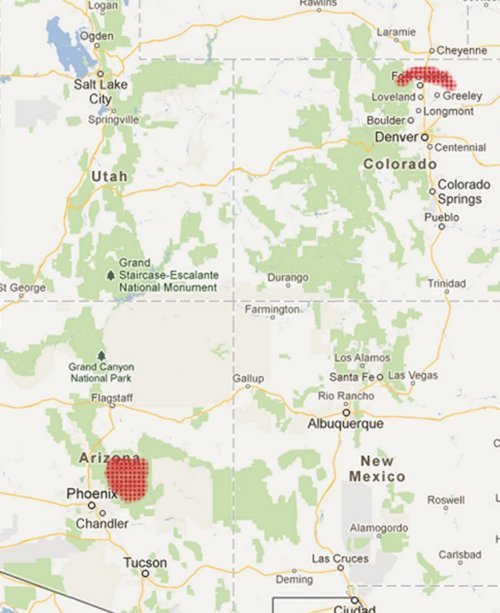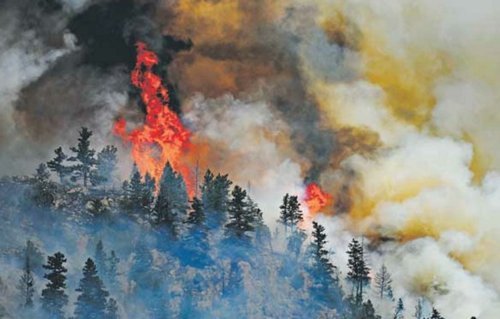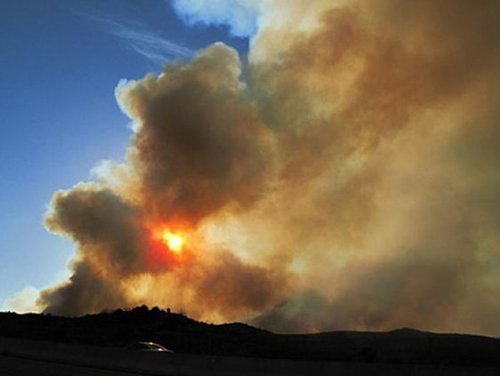A Look Worldwide into July, 2012
As reported on Friday, Winnipeg is shaping up to be one of the hottest years since record-keeping began 139 years ago, with July closing out as the 5th hottest month on record for the city. Wondering how the rest of the world faired this past month?
Interestingly, most of the Northern Hemisphere has also experienced extreme temperature anomalies this year. According to the National Climactic Data Center (NCDC), the Northern Hemisphere land surface temperatures this July were 1.19°C above the average, making July 2012 the warmest July in the Northern Hemisphere ever. This year has experienced no shortage of record breaking temps in the Northern Hemisphere – it is now the fourth month in a row that surface land temperature records in this hemisphere have been broken. Canada and the United States have contributed greatly to the record-shattering numbers these past four months but the heat wasn’t confined to North America. South-Eastern Europe has seen conditions almost identical to ours this summer – very dry with record-setting warmth; while Serbia and Bulgaria have been impacted with severe drought this growing season, resulting in severe crop losses. Bulgaria has lost around 10% of its wheat crops due to the sizzling heat, and their maize crops have decimated to the point whereby getting half their average crop will have to suffice. The only countries in the world to have shown significant temperatures below normal this July were Australia, Argentina and parts of the Antarctic.
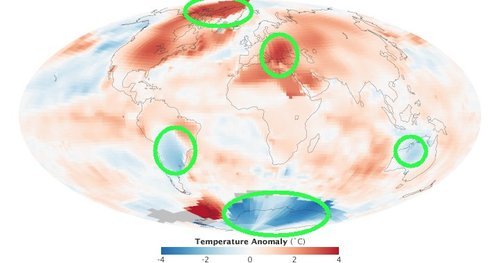
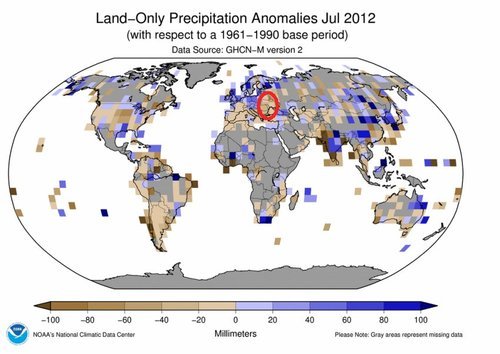
Arctic Melting
In some areas of the Arctic, July temperatures have exceeded 6°C above average. Arctic ice is continuing to melt at a disturbing rate. The expanse of the Arctic sea’s ice coverage is now at its lowest ever at this time of the year, having dropped even further than measurements from the record-setting year, 2007. In July, almost all of Greenland’s entire ice sheet experienced melting – a “rare event” as described by the National Snow & Ice Data Center (NSIDC). To put things into perspective, sea ice used to reach seven million square kilometers in the 1990s at their minimum, while it has only surpassed five million square kilometers once in the past six years (showing a 29% decrease of minimum sea ice extent in the last few decades). This has lead scientists, like Walt Meier, a scientist at NSIDC, to believe that sea ice could potentially be eliminated by the year 2030 if melting continues at this pace. If this does happen, the ice melt could trigger a domino effect: raising ocean levels, releasing methane from frozen soils, and so on.
